Even in the face of increased competition, AMD said that up to 50% of CPU sales in the DIY market could be made at well-known retailers such as Newegg and Amazon. However, they did not wish to comment on other markets.
But the processor market doesn't stand still for long. After all, Intel's rather sluggish transition to the 10nm process has left the door gallantly open for AMD to polish its Zen architecture with a new round of improved processors and to delight the market right now. Of course, AMD now faces the challenge of iterative updates since Ryzen, which will certainly not bring the 52% IPC improvement we saw when the Zen microarchitecture debuted – but also a few tricks in stock at AMD, like us will still be visible in the same place.
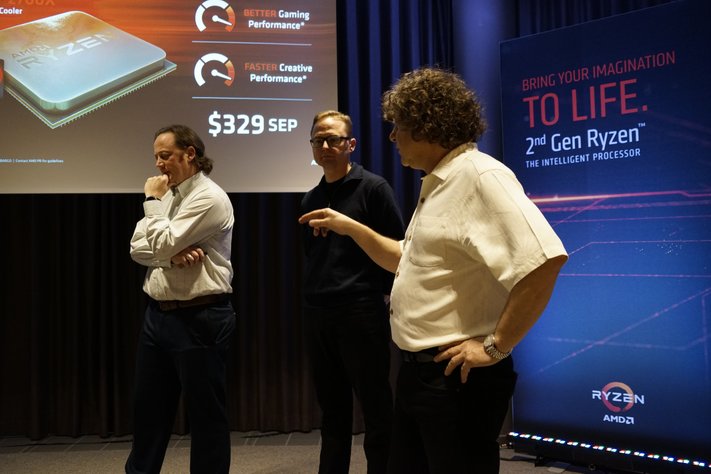 Travis Kirsch, Jim Anderson and Joe Macri at the Ryzen 2000 event
Travis Kirsch, Jim Anderson and Joe Macri at the Ryzen 2000 event
AMD's new second-generation Ryzen processors offer a new optimized 12nm LP process that promises more performance and efficiency than the first 14nm LPP process. AMD has also tweaked the Zen architecture, now called Zen+, to support higher clock speeds, more complex multi-core boosts, and faster memory and caches. Overall, AMD claims that the 2000 Series processors offer nearly equivalent gaming performance to Intel's comparable models and a 20% advantage in multi-thread workloads.
AMD, of course, has not forgotten one of its core messages: more cores and functions for less money. The second-generation Ryzen processors can be plugged into older motherboards, and all models are now equipped with powerful series coolers. AMD even throws free caching software into the ring to make the purchase even more palatable. But: Everything stands and falls with the little piece of silicon and what you ultimately make of it.
AMD's new 2000 series processors, codenamed Pinnacle Ridge, share the same basic Zen architecture principles as previous models, but AMD uses the first CPUs already on the market. Generation, a new 12nm semiconductor process and also optimized the design to improve cache and memory latency. According to AMD, the resulting Zen+ microarchitecture delivers up to 3% more power for single-threaded IPCs.
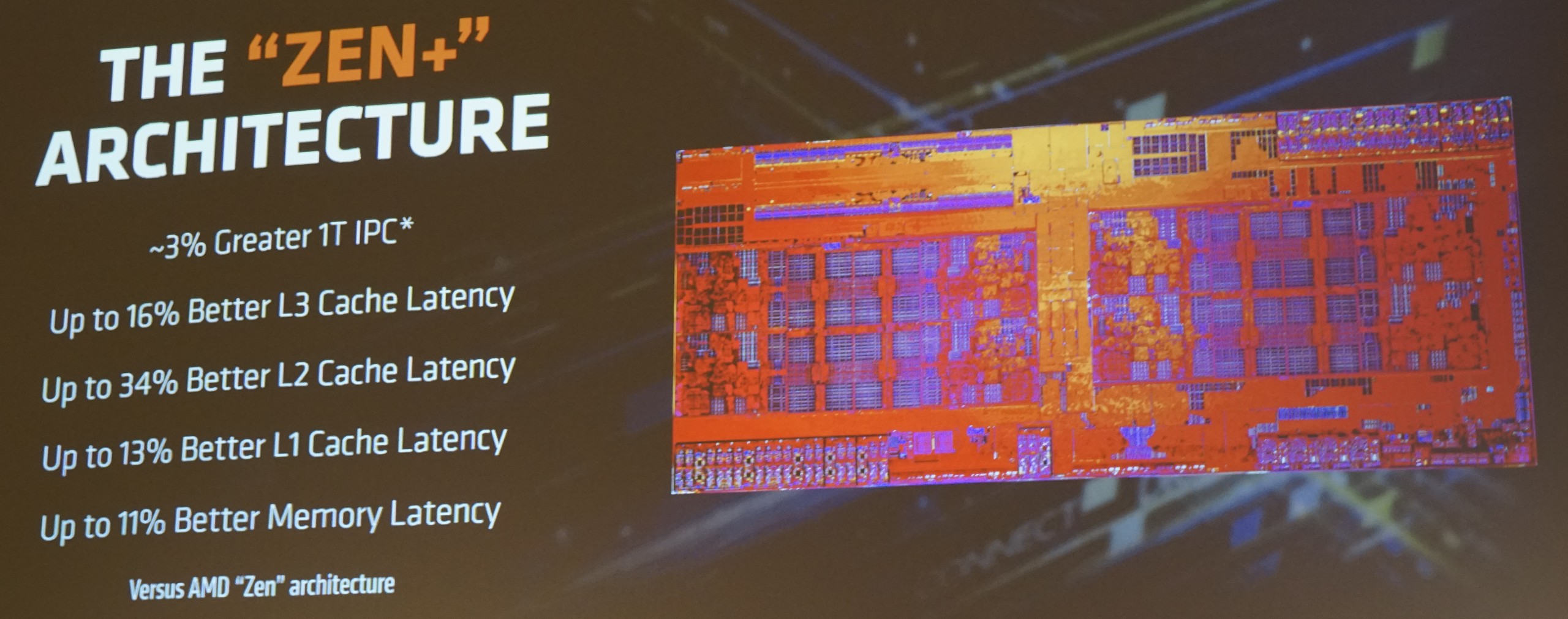
The processors still use the same basic dual-CCX Ryzen design connected by Infinity Fabric as the well-known 8-coreers of the Ryzen-7 and 6-coreers of the Ryzen 5 family with 16 MB L3 cache. Like AMD's previous generation of Ryzen processors, all 2000 series models are equipped with unlocked multipliers, while Intel continues to reserve a surcharge for overclockable K-Series models, and the customer is right to do so. is duly asked to pay.
| Ryzen 7 2700X |
Ryzen 7 2600X |
|
|---|---|---|
| Socket |
1331 | 1331 |
| Cores/Threads |
8 / 16 | 6 / 12 |
| Basic clock |
3.7 GHz | 3.6 GHz |
| Boost clock |
4.3 GHz | 4.2 GHz |
| Memory clock (official) |
DDR4-2933 | DDR4-2933 |
| Storage Controllers |
Dual Channel | Dual Channel |
| Free multiplier |
Yes | Yes |
| PCIe Lanes |
x16 PCIe Gen 3 | x16 PCIe Gen 3 |
| Integrated graphics |
No | No |
| Cache (L3) |
16MB | 16MB |
| Architecture |
Zen+ | Zen+ |
| Process |
12nm LP GlobalFoundries | 12nm LP GlobalFoundries |
| Tdp |
105w | 95w |
AMD still separates the products of the 2000 series into high-performance X-series models and their non-X counterparts, but the company significantly simplifies the portfolio this time by using the Ryzen 7 family, for example. reduced from three to two models. The ryzen 7 2700X's naming convention implies that the processor replaces the Ryzen 7 1700X, but in reality it affects the flagship Ryzen 7 1800X.
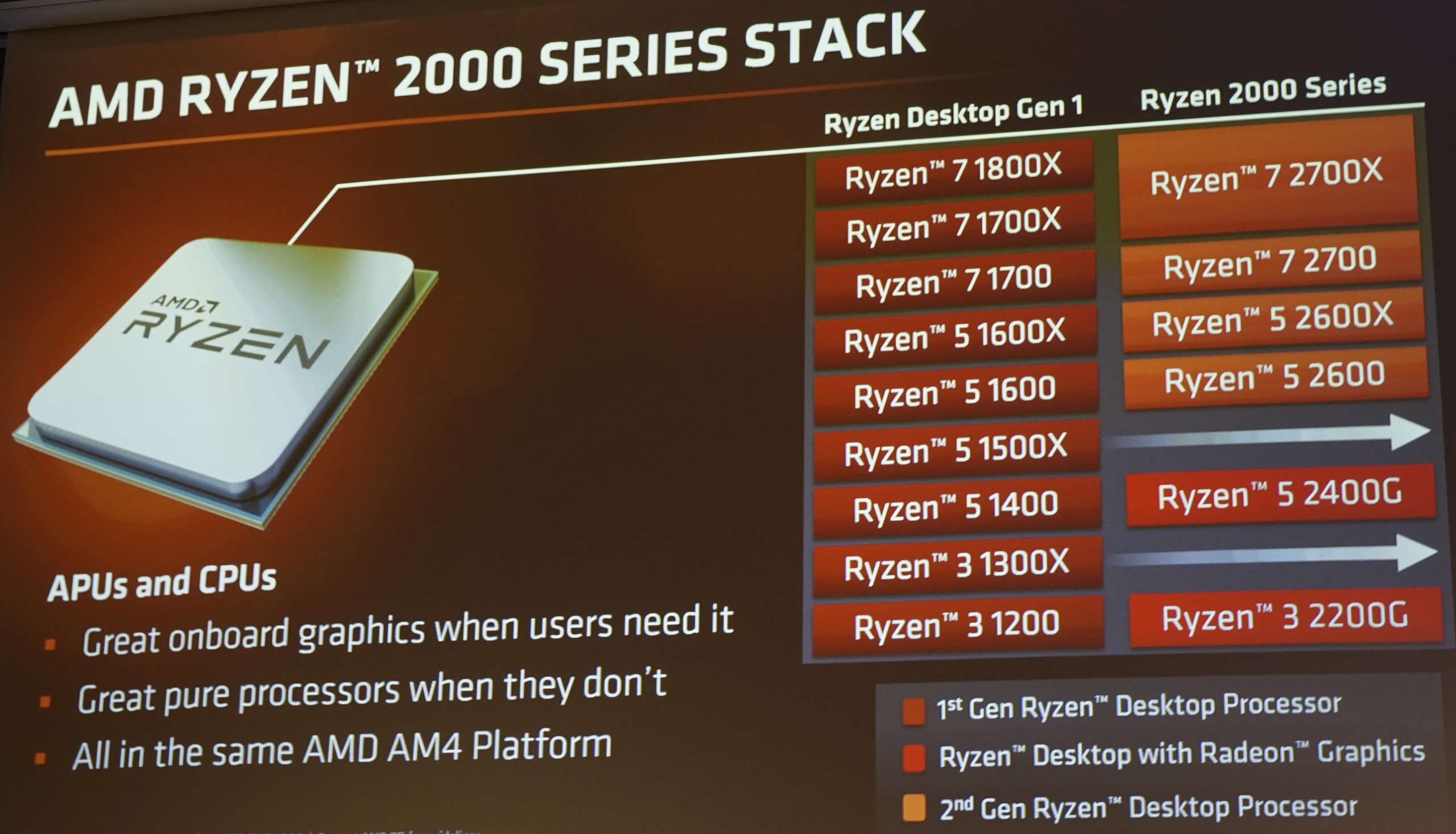
AMD certifies the 2700X at up to 12% more performance in multi-threaded applications than the Ryzen 7 1800X. Much of this improvement is achieved by a 100 MHz higher base clock and 200 MHz additional boost frequency, but lower cache latency, memory latency and significantly improved boost algorithms should also contribute.
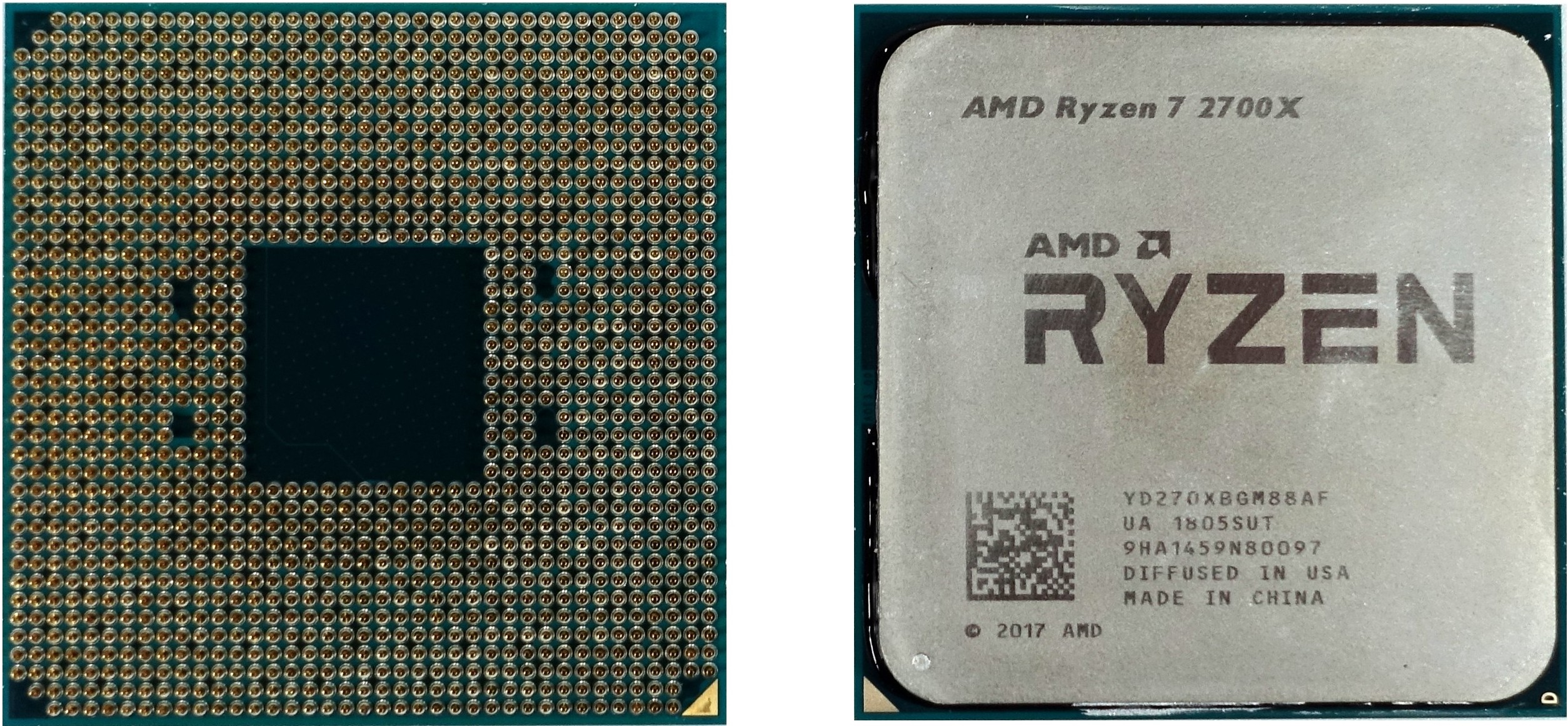
The new Pinnacle Ridge processors come with the 400 series motherboards, but AMD has only released the X470 chipset for launch. As promised, AMD will support the AM4 platform by 2020, so the new Ryzen processors will also be compatible with 300 series motherboards when you as a customer upgrade to a BIOS that also supports these CPUs (we'll go into the details later). As with Intel's Coffee Lake Launch, AMD is only releasing its top tier chipset for the Pinnacle Ridge Launch.
Unfortunately, the company does not yet specify a release date for cheaper B470 and A470 motherboards, respectively. or whether they will be placed on the market at all. The first-generation Ryzen processors are also compatible with 400-series motherboards, so you could upgrade your motherboard with an older Ryzen processor if you particularly like a 400-series product.
Unfortunately, AMD has not officially communicated euro prices to us until the editorial deadline, so we have to switch to the prices available at the last possible time in USD. As always, the exchange rate difference is likely to be due to VAT & Co. are equalized again, so that one can expect approximately equal or slightly lower sums.
| Amd Ryzen 7 2700X |
Amd Ryzen 7 1800X |
Amd Ryzen 7 2700 |
Amd Ryzen 5 1600X |
Amd Ryzen 5 2600X |
Amd Ryzen 5 2600 |
Intel Core i7-8700K |
Intel Core i5-8600K |
Intel Core i5-8400 |
|
|---|---|---|---|---|---|---|---|---|---|
| Eia |
$329 | $349 | $299 | $219 | $229 | $199 | $359 | $257 | $182 |
| Cores/ Threads |
8/16 | 8/16 | 8/16 | 6/12 | 6/12 | 6/12 | 6/12 | 6/6 | 6/6 |
| Tdp |
105w | 95w | 65w | 95w | 95w | 65w | 95w | 95w | 65w |
| Base GHz |
3.7 | 3.6 | 3.2 | 3.6 | 3.6 | 3.4 | 3.7 | 3.6 | 2.8 |
| XFR Ghz |
4.3 | 4.1 | 4.1 | 4.0 | 4.2 | 3.9 | 4.7 | 4.3 | 4.0 |
| Cache (L3) |
16MB | 16MB | 16MB | 16MB | 16MB | 16MB | 12MB | 9MB | 9MB |
| Free Multi |
Yes | Yes | No | ||||||
| Cooler | 105W Wraith Prism (LED) | None | 95W Wraith Spire (LED) | None | 95W Wraith Spire | 65W Wraith Stealth | None | None | Intel Boxed |
The RRP of the Ryzen 7 2700X is 20 times lower than that of the 1800X, while the Ryzen 7 2700's is the same as the 1700. The Ryzen 7 2700X is already struggling with Intel's 359 flagship Core i7-8700K, but true to a fundamental value of AMD, you could theoretically overclock on less expensive B-series motherboards. Unfortunately, this is currently limited to the available B350 motherboards. Intel, on the other hand, still limits overclocking to expensive Z-series motherboards, so the price difference over the substructure used could be more pronounced
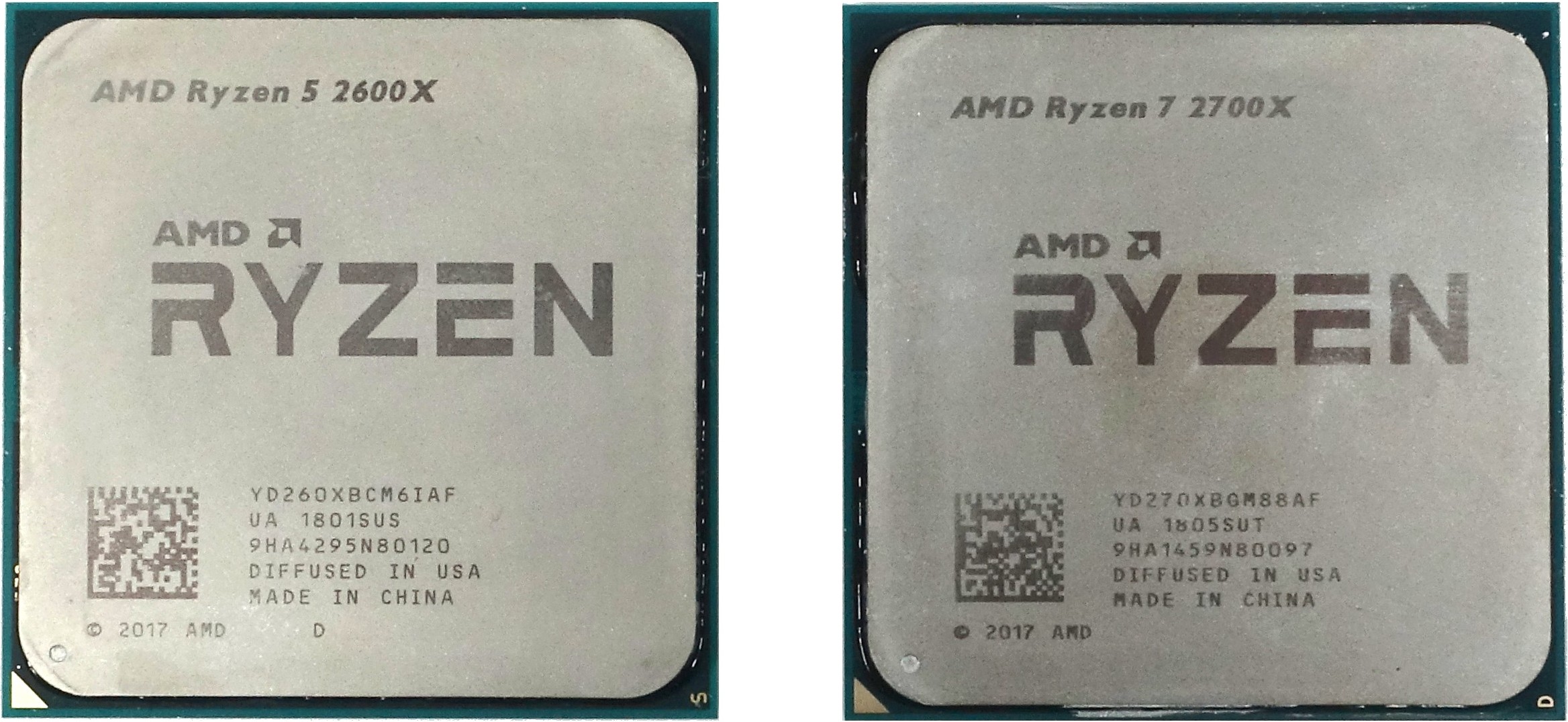
AMD increased official storage support to DDR4-2933, surpassing the DDR4-2666 officially supported by the Coffee Lake i7. Of course, there are still some reservations among readers about Ryzen's memory support, which we'll discuss on the next page. However, the increased memory speeds should help with latency-sensitive applications such as games.
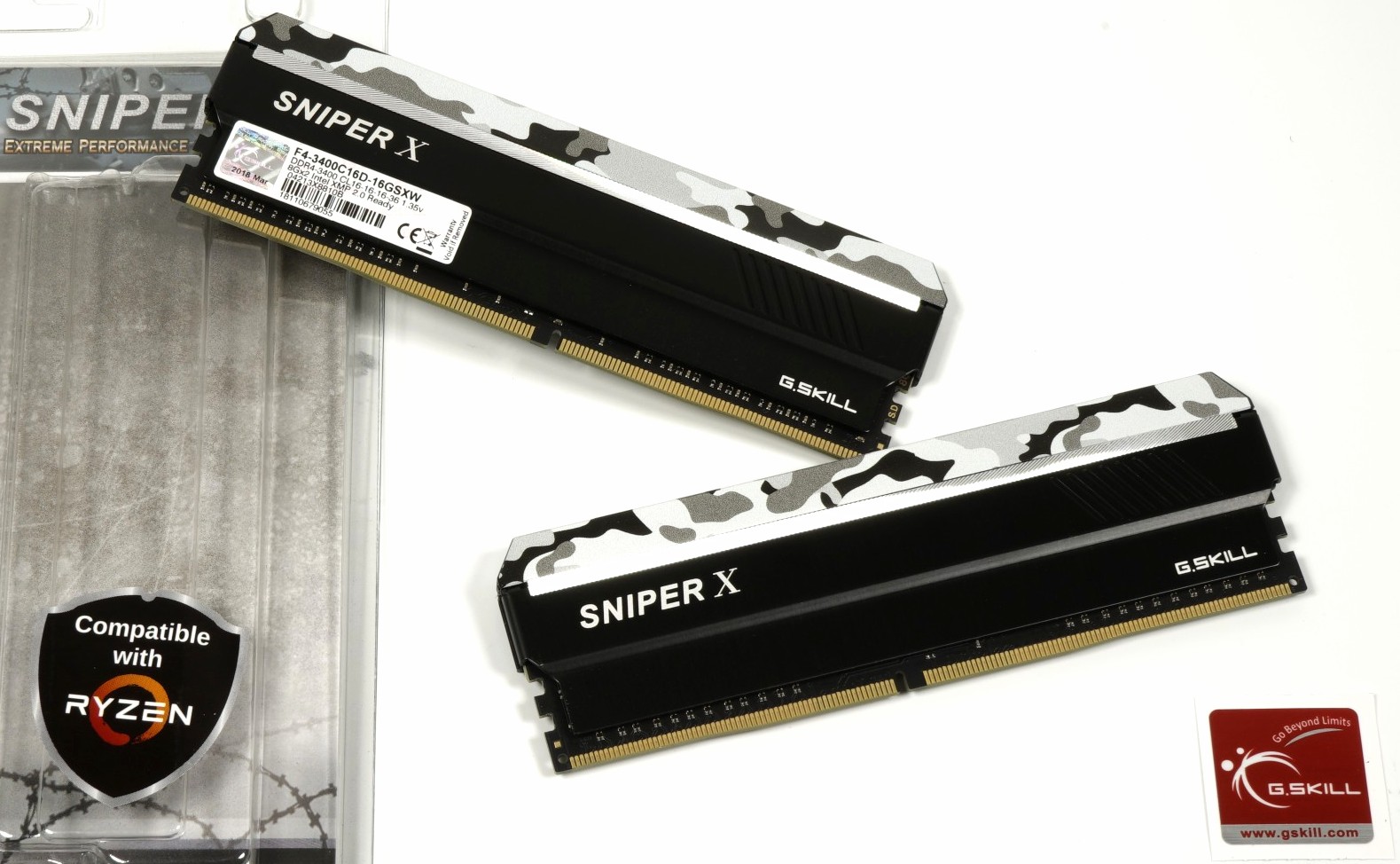
Improvements to the new AMD processors and X470 motherboards also allow for a higher memory overclocking potential than previous models. The Ryzen 7 2700X has a 105W TDP, which represents a significant 10W increase over the previous X Series models and Coffee Lake's top-end models. The 95 watts of the Ryzen 2600X are similar to this. However, our measurements will show that the data are now more realistic and fit the measurement results.
AMD's first-generation X-Series processors still did not have a boxed cooler, but all 2000 Series processors now have one. The Ryzen 7 2700X features a Wraith Prism LED cooler with four directly applied, ground-mounted copper heatpipes (DHT), three independently controllable RGB zones, switchable fan profiles, and a predicted noise level of 39 dB(A). The cooler can record and release 116 W of waste heat in "L" mode (2800 rpm) and 124 W in "H" mode (3600 rpm).
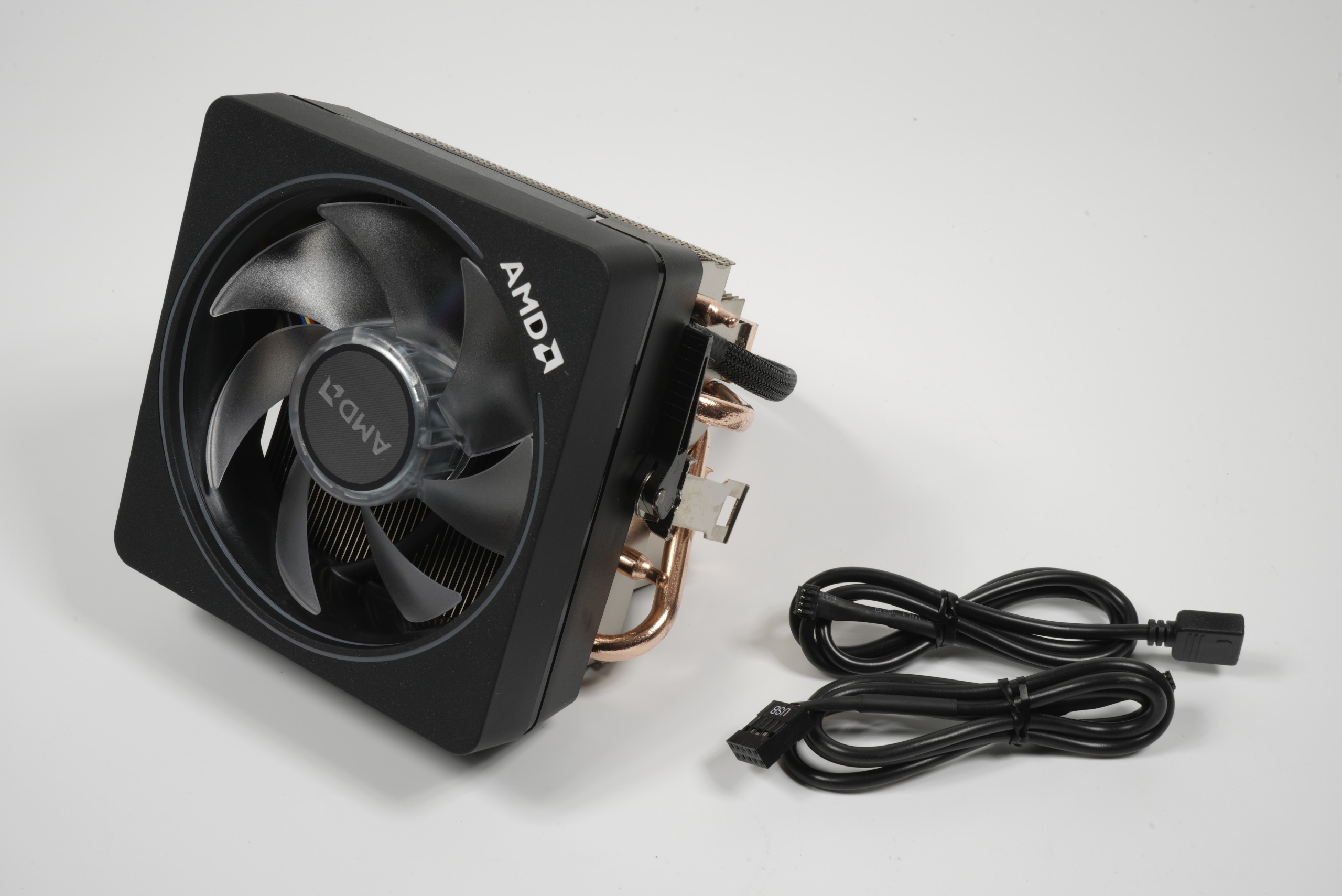 |
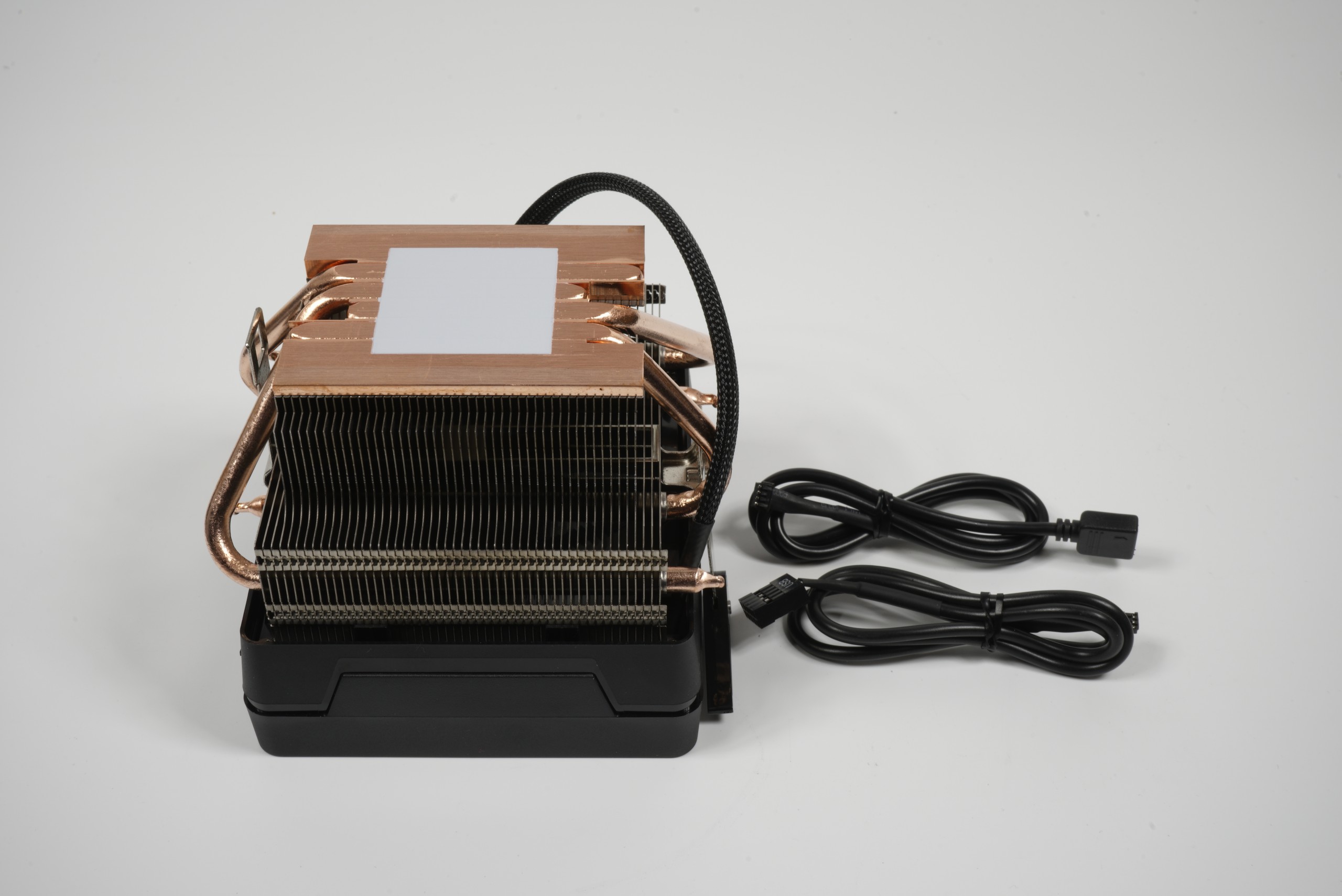 |
Cooler Master has AVC as AN OEM produce the cooler, which is equipped with internal USB and RGB 5050 ports. AMD also offers the necessary software to control the lighting and fan profiles. AMD said that the cooler in this form is approximately $43 and could even provide a little overclocking margin.
The Wraith Spire of the Ryzen 5 2600X, on the other hand, is an old acquaintance and relies on strand cast aluminium, as well as a copper core. Later in the cooling, we will go into detail about both coolers and also measure them closely.
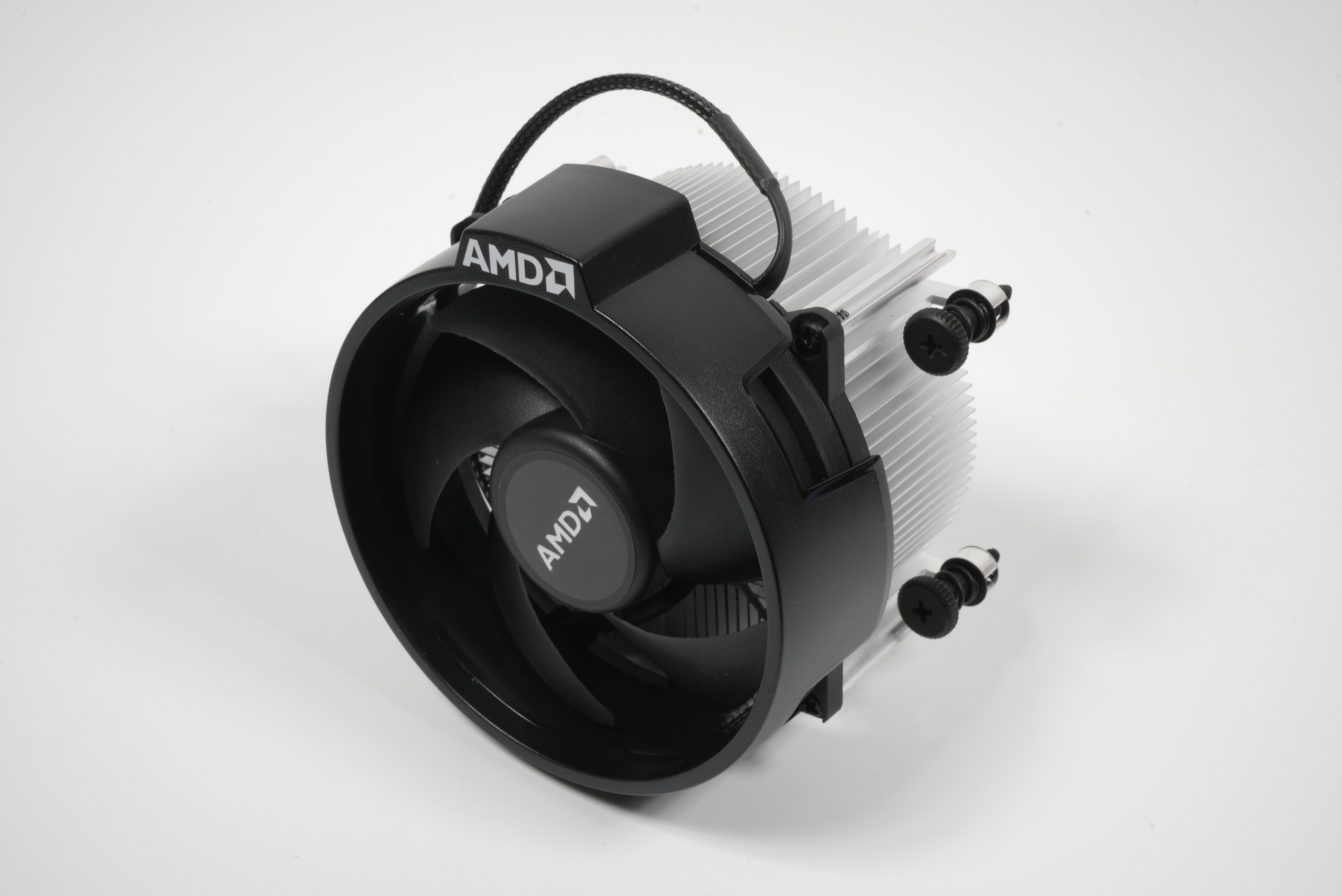 |
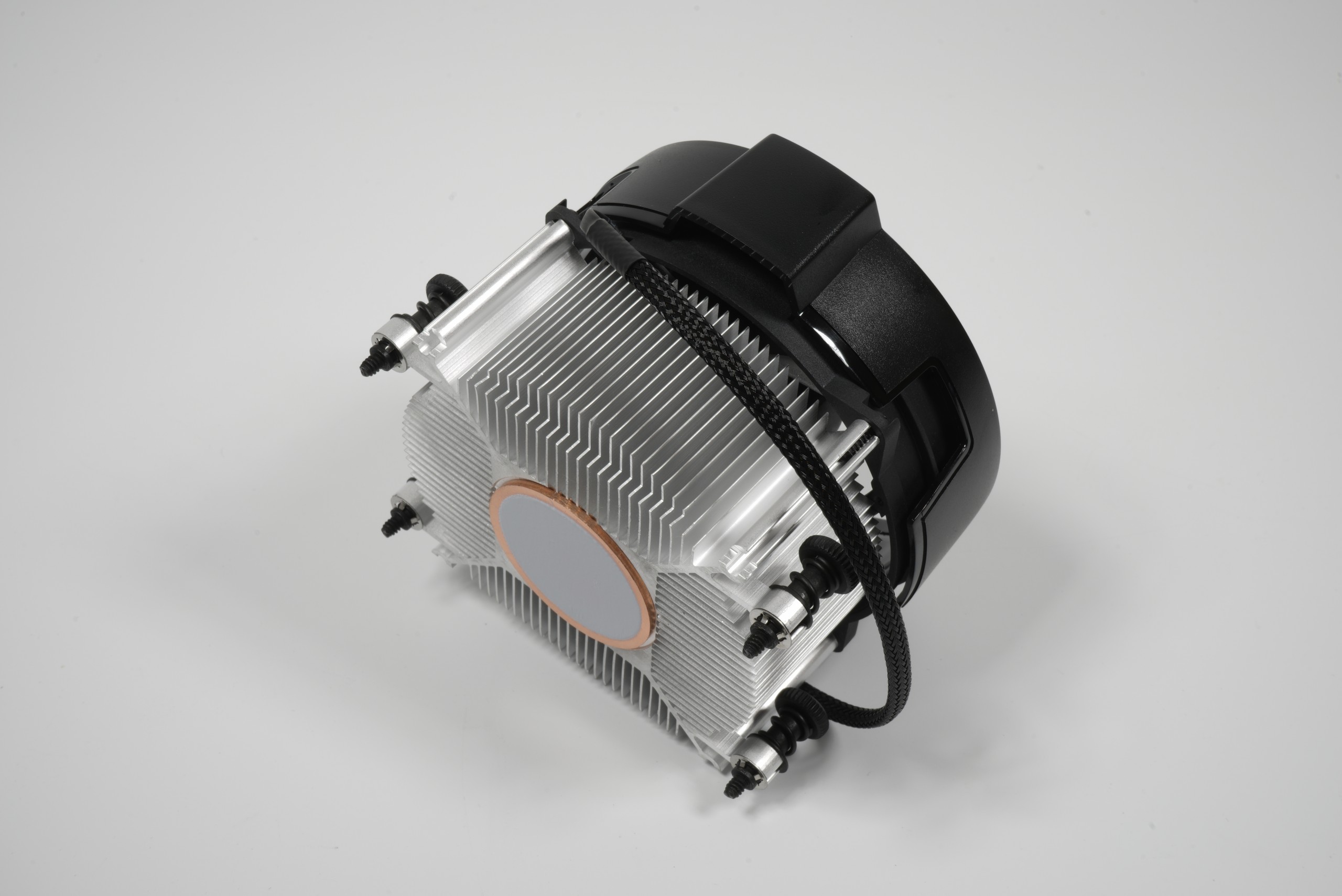 |
AMD deliberately offers customers other enthusiast features, such as Indium lot between the Die and the IHS to improve the efficiency of heat transfer. The combination of cooler and indium solder stands in stark contrast to Intel's Core i7-8700K, which uses a standard thermal paste between Die and Heatspreader and which also does not come with a Boxed cooling solution. AMD has also upgraded its Ryzen Master overclocking software to version 1.3. The software now identifies the fastest three cores using a colored star ranking and communicates with the motherboard's power delivery subsystem, which offers new overclocking monitoring capabilities.
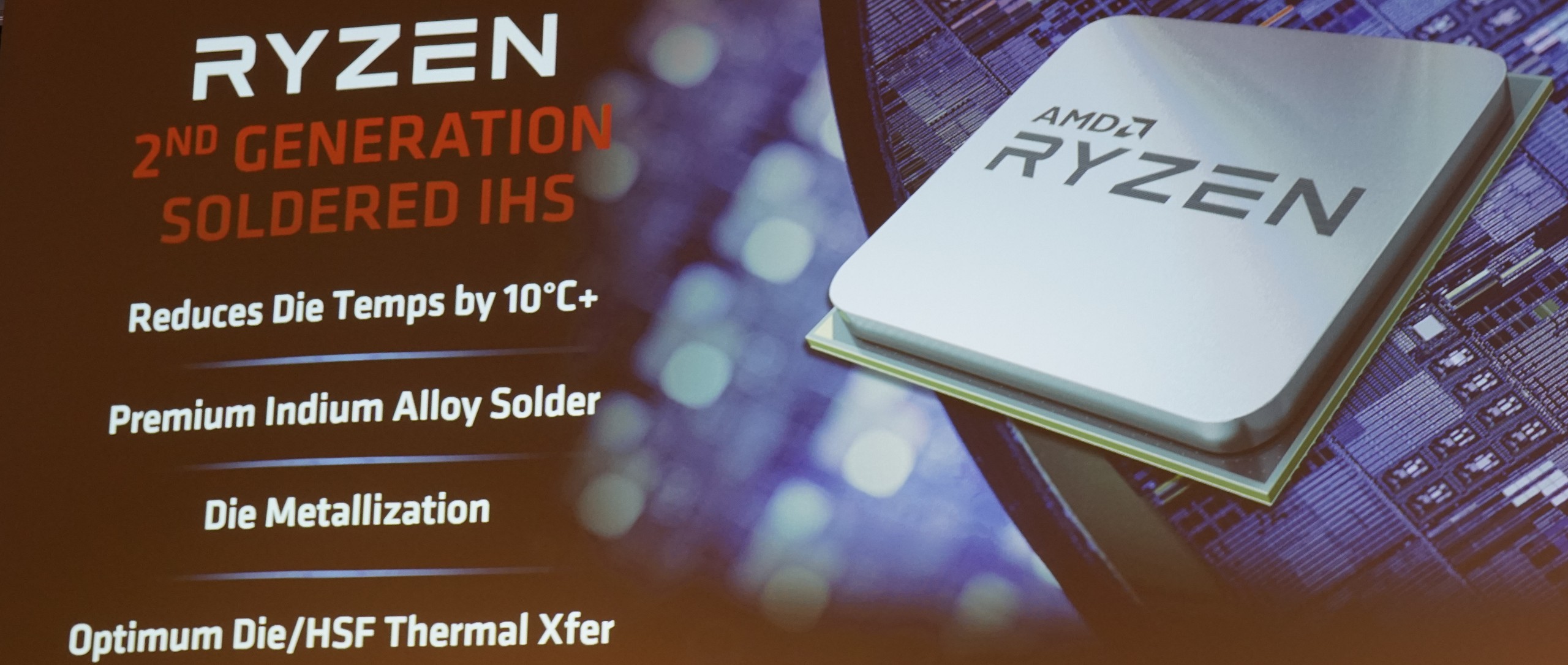
AMD's 2000 series also features an improved SenseMI suite that also includes the new StoreMI technology, software-based software that combines SSDs, hard drives, and even up to 2GB of RAM in a single amount of storage to boost performance. The software is designed to reduce the low price and high capacity of a conventional mechanical hard drive at the speed of an SSD (or 3D XPoint) and/or even the system RAM without the user having to intervene after the first setup. AMD has sold this software in the past as an additional add-on valued at '20, but now the company is offering it to buyers as a free feature. Of course, as with any of these solutions, you take the same risks as a ribbed RAID 0 array. We will certainly test in more detail after the release of the final version.
GlobalFoundries' 12nm LP Process
AMD's 2000 series processors no longer rely on GlobalFoundries' 14nm LPP node, which can be found on the first-generation Ryzen models, but on GloFo's new 12nm LP process technology. Although the naming conventions for semiconductor nodes have become more of a marketing bubble that is not based on the traditional method of gate length and pitch measurements, new process technologies still provide noticeable Improvements.
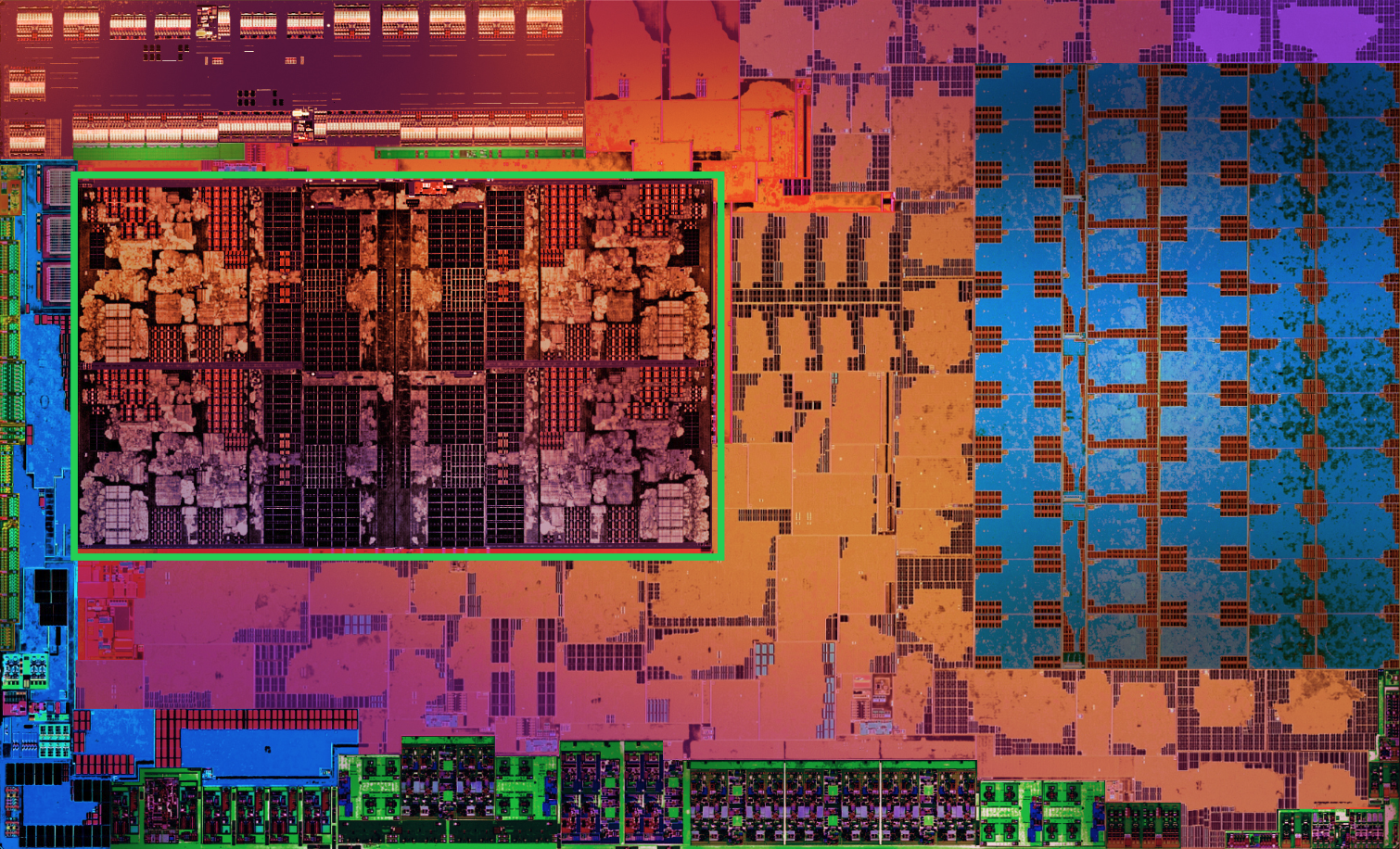
GlobalFoundries' new 12nm LP process offers shrinkage in lithography as well as further process improvements. AMD has ported its 14nm design to 12nm, but actually only uses the improvements in process technology to increase the switching speed and thus the performance of the transistors, so that the actual area and the transistor density remain the same. The number of pinnacle Ridge transistors is therefore also approximately 4.8 billion and the identical area of 213 mm2 is also used compared to the previous models.
The refined process offers an additional power of around 250 MHz, but you can now get by with a 50 mV reduced core voltage compared to 14 nm, indicating that the optimized process has lower leakage currents. These energy savings give AMD room for further improvements, allowing some of the additional power and thermal leeway to be used for Precision Boost 2 and invested in the XFR2 algorithms.
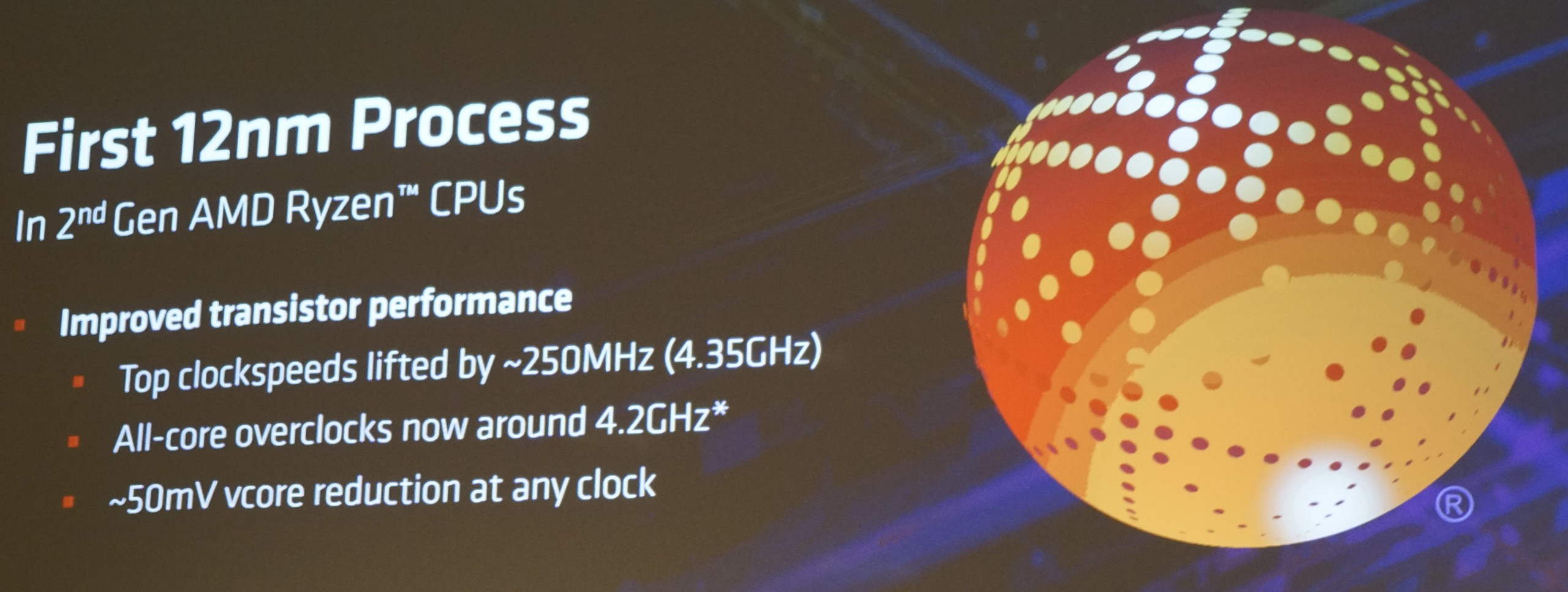
AMD has also improved some of the areas of microarchitecture by using more powerful transistors in critical paths, which slightly improves performance. Overall, AMD claims that the new 12nm design consumes up to 11% less energy at the same clock rate than 14nm-based Ryzens and offers up to 16% more power than 14nm at the same power and TDP. Taken together, higher performance and lower power consumption should significantly increase performance per watt. But even more important for enthusiasts is that it allows up to 4.2 GHz for full core overclocking (or, with a little luck, even a little more).
AMD also improved the L1, L2, and L3 cache latency we've seen with the Ryzen Threadripper processors, and also reduced memory latency by 11%. However, we will check this for ourselves.
Precision Boost 2 and XFR2
AmD's previous generation Ryzen processors already feature Precision Boost, a Dynamic Voltage Frequency Scaling (DVFS) implementation similar to Intel's Turbo Boost, and eXtended Frequency Range (XFR), which provides an additional frequency increase if your cooling solution offers only enough thermal room for manoeuvre. However, the 1000 Series processors offer only dual-core or all-core Precision Boost and XFR clock frequencies.
Many applications (e.g. Games) relieves other threads of less critical tasks, but work with multiple threads without really properly utilising all of them at the same time. these rather light-weight "helper" threads still load the cores enough to trigger the lower full core frequency as a result, which will unnecessarily affect performance on these lighter workloads even though the processor is actually power reserves and thermal leeway to operate within the limits even at higher frequencies.
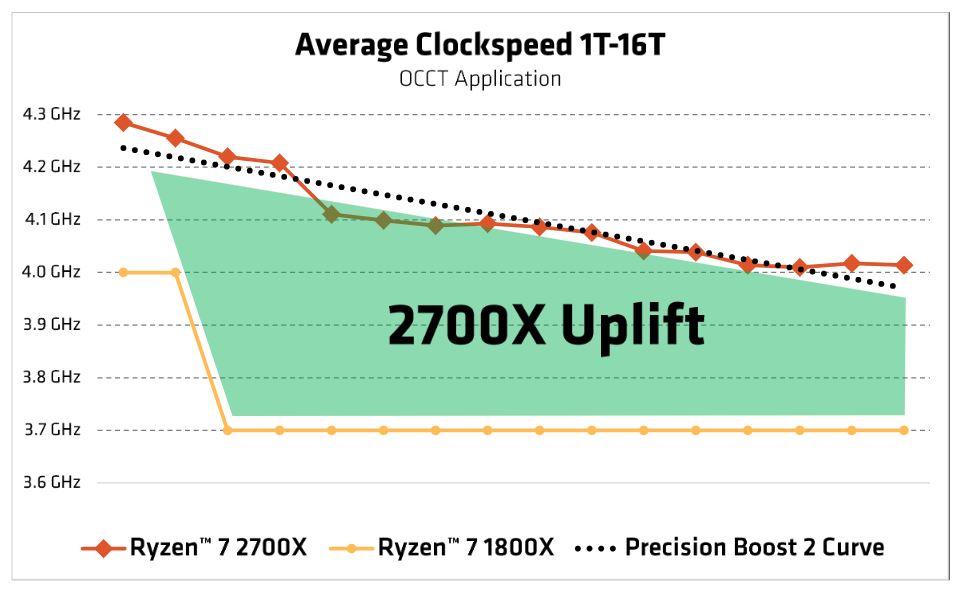
The new Precision Boost 2 algorithms (which recently debuted on the desktop with Raven Ridge processors) and XFR2 improve performance in multithreaded workloads by increasing the frequency of any number of cores and threads. Precision Boost 2 ends up delivering up to 500 MHz more clock speed on real multicore workloads, while XFR2 delivers an additional boost of 7% if the cooler is strong enough. These enhancements finally extend the benefits of Ryzen's already strong multi-threaded performance to a larger number of concurrent workloads, but only as long as the processor falls below 60°C (Tcase) or 95A in current flow. Otherwise it will be less. However, we have a very interesting experiment on this in petto later.
- 1 - Ryzen Reloaded
- 2 - Das X470 Chipset und Ryzen Master 1.3
- 3 - Cache und Speicher-Performance, IPC
- 4 - Overclocking, Spectre und Test-Setup
- 5 - Gaming: CPU Performance
- 6 - Gaming: Ashes of the Singularity Escalation
- 7 - Gaming: Civilization VI
- 8 - Gaming: Warhammer 40K: DoW III
- 9 - Gaming: Grand Theft Auto V
- 10 - Gaming: Hitman (2016)
- 11 - Gaming: Middle-earth: Shadow of War
- 12 - Gaming: Project Cars 2
- 13 - Gaming: Far Cry Primals
- 14 - Workstation: GPU Performance
- 15 - Workstation: CPU Performance
- 16 - XFR2 vs. manuelle Übertaktung
- 17 - Leistungsaufnahme
- 18 - Temperaturen und Lautstärke
- 19 - Zusammenfassung und Fazit

























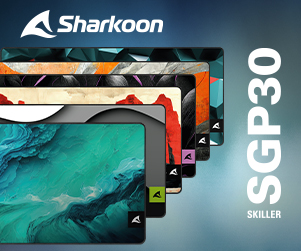



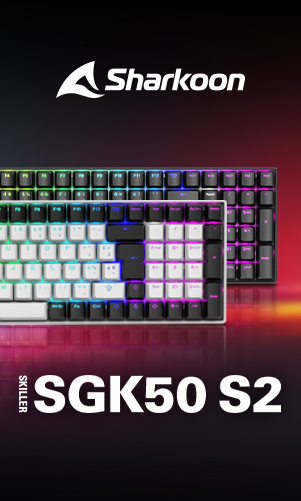

Kommentieren